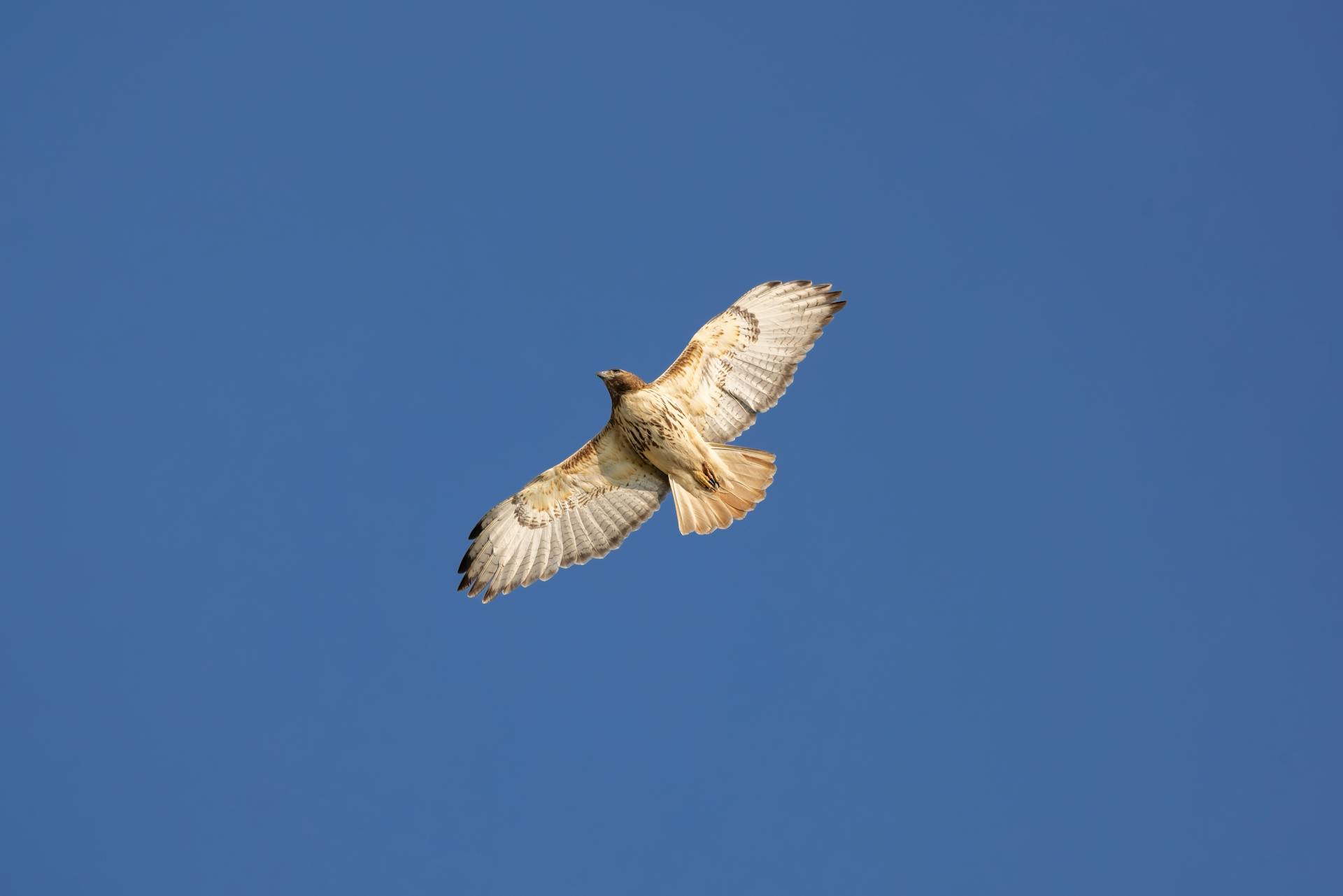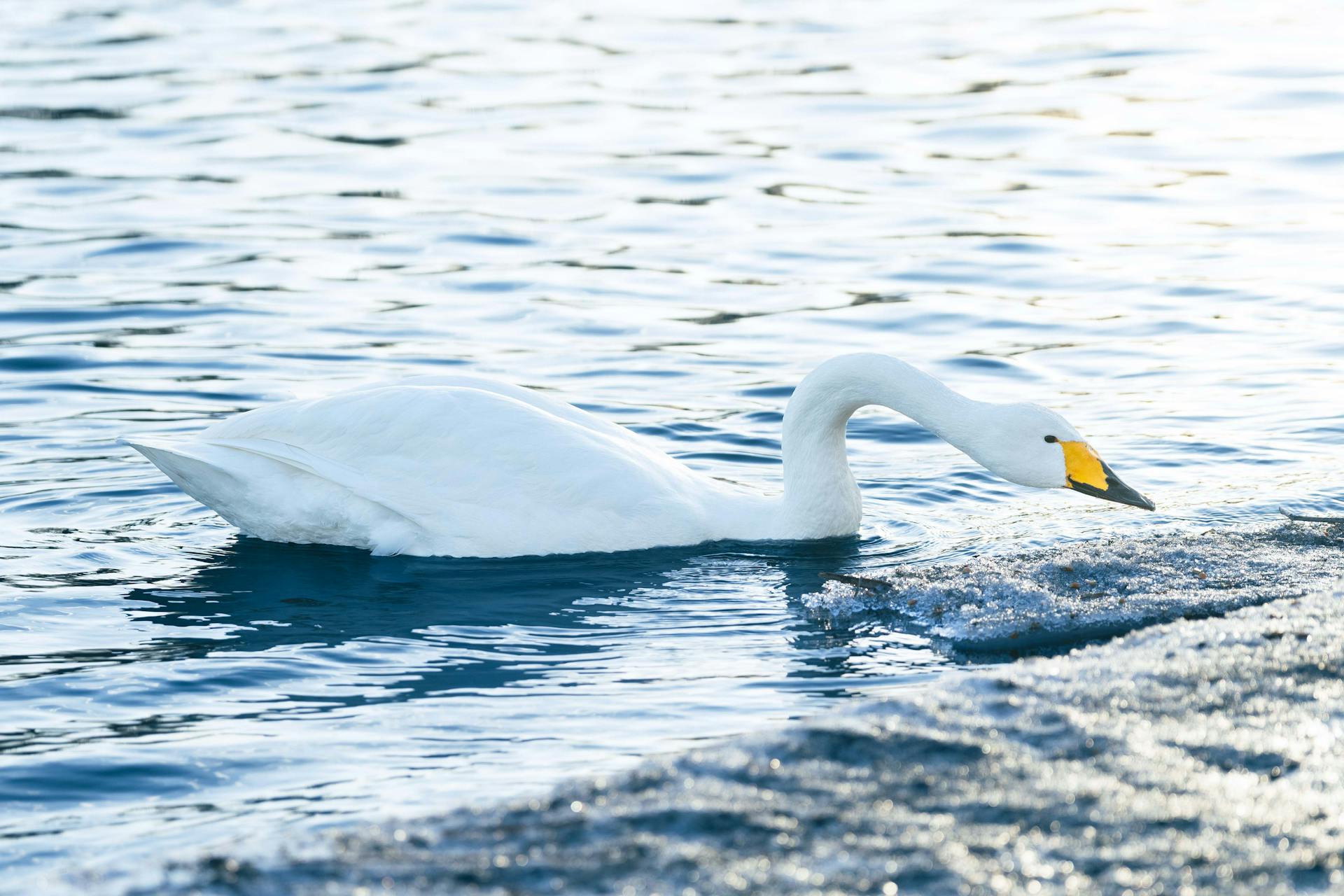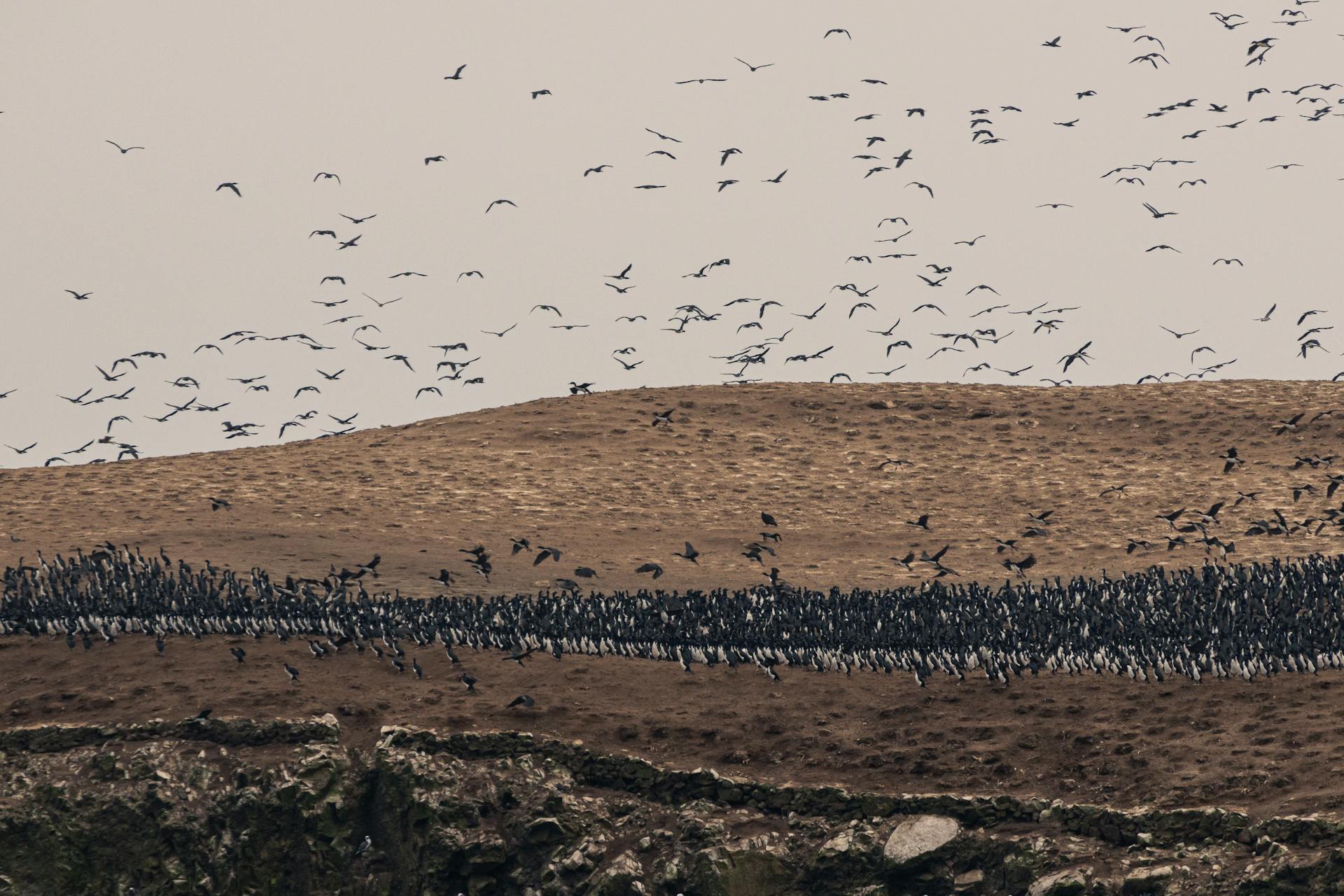Imagine standing in a serene forest as a vibrant bird swoops overhead, effortlessly gliding and dancing through the air. The sight of these feathered marvels has captivated humans for centuries, inspiring myths, art, and even technology. Bird flight is not just a beautiful spectacle; it plays a crucial role in ecosystems, enabling pollination, seed dispersal, and the regulation of insect populations. Understanding the mechanics behind this remarkable ability not only deepens our appreciation for nature but also highlights the intricate adaptations that allow birds to navigate their environments with such grace.
In this article, we will delve into the science behind bird flight, exploring the key anatomical features, aerodynamic principles, and energy dynamics that make it possible for these creatures to take to the skies. From the structural design of their wings to the physical forces at play, we will uncover the secrets of avian flight and its significance within the natural world. Join us as we embark on this enlightening journey to discover what makes bird flight one of nature’s most awe-inspiring phenomena.
Anatomy of Birds
Birds possess several key anatomical features that enable them to fly effectively. One of the most remarkable adaptations is their lightweight skeletal structure. Unlike mammals, birds have hollow bones filled with air sacs, significantly reducing their overall weight without sacrificing strength. This skeletal system allows them to remain agile and maneuverable in the air, making it easier to evade predators and pursue prey.
The wing structure of birds is another critical element of flight. Bird wings are designed as airfoils, with a curved upper surface and a flatter lower surface. This unique shape is essential for generating lift. Feathers also play a vital role in flight, with various types serving different purposes. Primary feathers, located at the wing tips, are long and stiff, aiding in thrust and lift during flight. Secondary feathers, found closer to the bird’s body, provide additional lift and help with maneuverability. These feathers are intricately arranged to minimize drag, allowing for smoother flight.
Musculature is equally important, with birds having powerful breast muscles that control wing movement. These muscles store energy efficiently, enabling birds to flap their wings rapidly during flight. When compared to other flying animals like bats and insects, birds exhibit unique adaptations. Bats, for example, have flexible wings made of skin stretched between elongated fingers, while insects possess exoskeletal wings that operate under different aerodynamic principles. Each group has evolved distinct flight mechanisms tailored to their ecological niches.
Principles of Aerodynamics
The principles of aerodynamics are fundamental to understanding how birds achieve flight. At the heart of this is the concept of lift, which is generated primarily through the shape of the bird’s wings. According to Bernoulli’s principle, as air moves faster over the curved upper surface of the wing, the pressure decreases, creating lift. This pressure difference between the upper and lower surfaces of the wing allows birds to rise and maintain altitude.
In addition to lift, thrust and drag are essential forces in the flight equation. Birds generate thrust through the flapping motion of their wings, propelling themselves forward. The position and shape of their bodies also affect drag—more streamlined bodies reduce resistance against the air, while wing position can alter the airflow, impacting the efficiency of flight. For example, when a bird tucks its wings in while diving, it minimizes drag and accelerates rapidly.
Types of Bird Flight
Birds exhibit various types of flight, each with distinct mechanics and energy requirements. Flapping flight, the most common form, involves a rhythmic up-and-down motion of the wings. This mechanism not only generates lift but also thrust, propelling the bird forward. Hummingbirds, for instance, are masters of flapping flight, capable of hovering in place while rapidly flapping their wings to access nectar.
Gliding and soaring are alternative flight strategies that require less energy than flapping. Birds such as albatrosses and hawks utilize thermals—rising columns of warm air—to gain altitude without flapping. By spreading their wings and riding these currents, they can cover vast distances with minimal energy expenditure. The ability to glide is complemented by ridge lift, which occurs when wind flows over geographic features like cliffs, enabling birds to soar gracefully.
Hovering is another fascinating type of flight seen predominantly in hummingbirds. These birds have specialized adaptations that allow them to hover in mid-air, thanks to their unique wing structure and rapid flapping. By angling their wings and rotating them at the shoulder joint, they create lift even when not moving forward. This capability enables them to feed on nectar while remaining stationary, showcasing the incredible versatility of avian flight.
Energy and Flight Mechanics
Energy efficiency plays a crucial role in the flight dynamics of birds. Different types of flight demand varying levels of energy expenditure. Flapping flight requires significant energy, particularly for smaller birds, while gliding is much more energy-efficient. Research shows that larger birds, like eagles, can cover vast distances by soaring, thereby conserving energy during long migrations.
Adaptations for energy efficiency are evident in migratory patterns. Many birds undertake long migrations, traveling thousands of miles to find suitable breeding and feeding grounds. During these journeys, they often employ strategies that minimize energy use, such as flying in a V-formation, which reduces wind resistance for trailing birds. Additionally, the timing of migrations is often linked to the availability of food sources, ensuring that birds can replenish their energy reserves during their travels.
Feeding strategies are also closely related to flight mechanics. Birds have evolved various adaptations for foraging while in flight. Some species, like swallows, catch insects mid-air, while others, like seabirds, dive for fish. These feeding techniques are intricately linked to their flight abilities, demonstrating the interconnectedness of avian biology and behavior.
Challenges of Flight
Despite their remarkable adaptations, birds face numerous challenges in flight. Environmental factors, such as wind and weather conditions, can significantly impact their ability to fly. Strong winds can hinder a bird’s flight, while storms may force them to seek shelter. Additionally, changing climates can affect migratory patterns and the availability of food sources.
Predation presents another significant challenge for flying birds. Many birds have developed evasion strategies, such as rapid turns, sudden dives, and camouflaging plumage, to escape from predators. Their flight agility allows them to navigate complex environments, ensuring they can evade threats.
Human impact is a growing concern for bird flight patterns and habitats. Urban development, pollution, and climate change pose significant threats to avian populations. Habitat loss can disrupt migratory routes, while pollution can degrade food sources. Understanding the science behind bird flight is essential for conservation efforts, helping to create strategies to protect these incredible creatures and their environments.
Technological Inspiration from Bird Flight
The study of bird flight has significantly influenced human aviation. Engineers and designers often look to nature for inspiration when developing aircraft. The design of wings, for instance, is heavily influenced by the aerodynamics of bird wings. Understanding how birds maneuver in the air has led to advancements in aircraft efficiency and performance.
Moreover, innovations in drone technology are increasingly modeled after bird flight mechanics. Drones often mimic the wing structure and movement patterns of birds to enhance stability and maneuverability. As researchers continue to study avian flight, they unlock new possibilities for technology that could revolutionize transportation and aerial surveillance.
Conclusion
In summary, the science behind bird flight encompasses a fascinating interplay of anatomy, aerodynamics, and behavior. By studying the unique adaptations of birds, we gain valuable insights into their ecological roles and the importance of preserving their habitats. As we continue to explore the intricacies of avian flight, we not only appreciate the beauty of these creatures but also recognize our responsibility to protect their future. Let us celebrate the wonders of flight and work together to ensure that generations to come can experience the thrill of watching birds soar through the skies.
Frequently Asked Questions
1. How do birds generate lift during flight?
Birds generate lift primarily through the unique shape of their wings, which function as airfoils. When air flows over the curved upper surface of the wing, it moves faster than the air below, creating a pressure difference that lifts the bird into the air. This phenomenon is explained by Bernoulli’s principle.
2. What is the difference between flapping and gliding flight?
Flapping flight involves a rhythmic motion of the wings, generating both lift and thrust as birds actively flap their wings. Gliding flight, on the other hand, requires minimal energy, as birds spread their wings and use air currents, such as thermals and ridge lift, to stay aloft without flapping.
3. Why are bird bones lightweight?
Birds have evolved lightweight, hollow bones filled with air sacs. This adaptation reduces their overall body weight, allowing for greater agility and maneuverability in the air without compromising strength, which is crucial for flight.
4. How do birds adapt their flight strategies during migration?
Birds adapt their flight strategies during migration by forming V-shaped flocks, which reduces wind resistance for trailing birds, conserving energy. They also choose optimal flight altitudes and timing to align with favorable weather conditions and food availability.
5. What role do feathers play in bird flight?
Feathers are critical for flight, as they provide the necessary lift and thrust. Different types of feathers serve various functions: primary feathers help with thrust and lift, while secondary feathers contribute to overall aerodynamic efficiency. The arrangement of feathers also minimizes drag.
6. How do environmental factors affect bird flight?
Environmental factors such as wind, weather conditions, and obstacles can impact bird flight. Strong winds can hinder flight, while storms may force birds to seek shelter. Additionally, changes in climate can disrupt migratory patterns and alter the availability of food sources.
7. What challenges do birds face in flight?
Birds encounter various challenges while flying, including predation, environmental factors like wind and weather, and human-induced threats such as habitat loss and pollution. These challenges require birds to develop evasion strategies and adapt their flight behaviors.
8. How has the study of bird flight influenced technology?
The study of bird flight has inspired advancements in aviation design, such as wing shapes and aerodynamics, leading to more efficient aircraft. Additionally, innovations in drone technology often mimic the mechanics of bird flight to improve stability and maneuverability.
9. Can all birds fly?
No, not all birds can fly. Some species, like ostriches and penguins, have evolved flightless adaptations due to their specific ecological niches. These birds often have other adaptations, such as strong legs for running or swimming, that help them thrive in their environments.
10. Why is studying bird flight important for conservation?
Understanding bird flight is essential for conservation efforts as it helps scientists identify critical habitats and migration routes that need protection. By studying the impact of human activities on flight patterns, we can develop effective strategies to preserve bird populations and their ecosystems.


